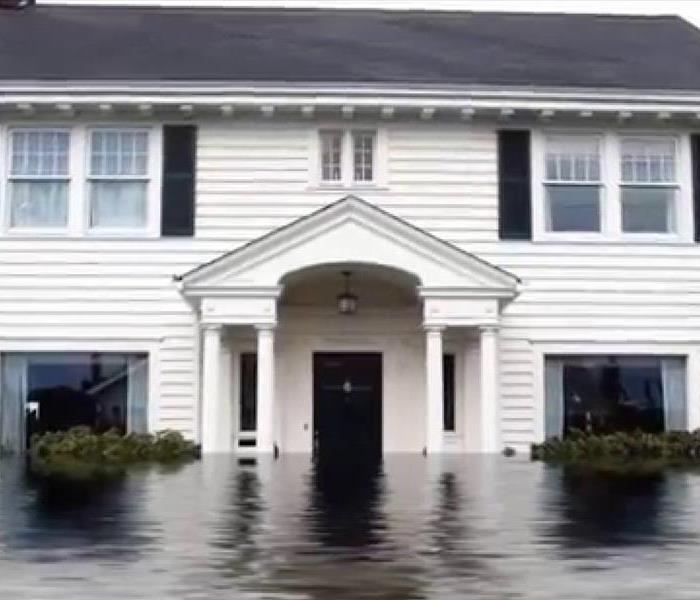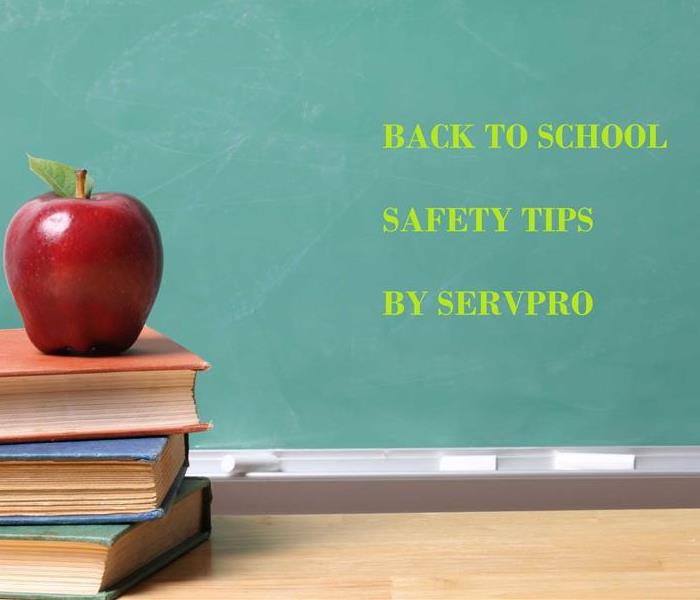Faster to College Park/Hyattsville Water Damage Event
8/8/2018 (Permalink)
 SERVPRO of College Park/Hyattsville provides 24 hour fire and water damage restoration service in College Park/Hyattsville
SERVPRO of College Park/Hyattsville provides 24 hour fire and water damage restoration service in College Park/Hyattsville
Flooding and water emergencies don’t wait for regular business hours and neither do we. College Park/Hyattsville provides emergency cleaning and restoration services 24 hours a day, 7 days a week—including all holidays.
Faster To Any Size Disaster
Flooding and water damage is very invasive. Water quickly spreads throughout your home and gets absorbed into floors, walls, furniture, and more. SERVPRO of College Park/Hyattsville arrives quickly and starts the water extraction process almost immediately. This immediate response helps to minimize the damage and the cleaning and restoration costs.
Need Emergency Service? Call Us 24/7 – 301-779-3662
Water Damage Timeline
Within Minutes
- Water quickly spreads throughout your property, saturating everything in its path.
- Water is absorbed into walls, floors, upholstery, and belongings.
- Furniture finishes may bleed, causing permanent staining on carpets.
- Photographs, books, and other paper goods start to swell and warp.
Hours 1 - 24:
- Drywall begins to swell and break down.
- Metal surfaces begin to tarnish.
- Furniture begins to swell and crack.
- Dyes and inks from cloth and paper goods spread and stain.
- A musty odor appears.
48 Hours to 1 Week:
- Mold and mildew may grow and spread.
- Doors, windows, and studs swell and warp.
- Metal begins to rust and corrode.
- Furniture warps and shows signs of mold.
- Paint begins to blister.
- Wood flooring swells and warps.
- Serious biohazard contamination is possible.
More Than 1 Week:
- Restoration time and cost increase dramatically; replacing contaminated materials and structural rebuilding may be extensive.
- Structural safety, mold growth, and biohazard contaminants pose serious risks to occupants.
About SERVPRO of College Park/Hyattsville
SERVPRO of College Park/Hyattsville specializes in the cleanup and restoration of residential and commercial property after a fire, smoke or water damage event. Our staff is highly trained in property damage restoration. From initial and ongoing training at SERVPRO’s corporate training facility to regular IICRC-industry certification, rest assured our staff is equipped with the knowledge to restore your property.
Meet our crew
http://www.SERVPRObethesdapotomacmd.com/employee-photos
Certifications
- AMRT - Applied Microbial Remediation Technician
- ASD - Applied Structural Drying Technician
- CCT - Carpet Cleaning Technician
- CMT - Commercial Carpet Maintenance Technician
- ECTP - Employee Certification Training Program
- FCT - Floor Care (Hard Surfaces) Technician
- FSRT - Fire & Smoke Damage Restoration Technician
- HST - Health and safety Technician
- IICRC Certified Firm
- MSR - Master Fire & Smoke Restorer
- OCT - Odor Control Technician
- OSHA - 10-hour General and/or Construction Industry Training Program
- OSHA - 30-hour General and/or Construction Industry Training Program
- RCT - Rug Cleaning Technician
- RRRP - Lead-Based Paint Activities and Renovation
- RRT - Carpet Repair & Reinstallation Technician
- UFT - Upholstery & Fabric Cleaning Technician
- WRT - Water Damage Restoration Technician




 24/7 Emergency Service
24/7 Emergency Service
